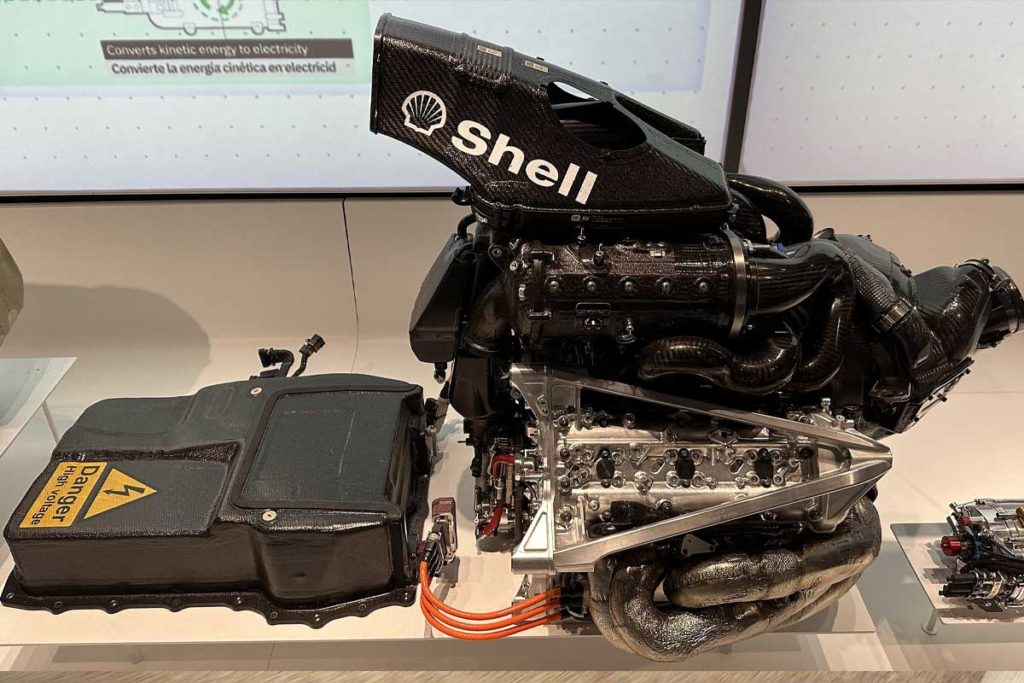
The Scuderia Ferrari once again demonstrates its expertise in Formula 1 engine development, in spite of the restrictive regulations imposed by the FIA for the Formula 1. Indeed, the "engine development freeze" rule, which came into force in September 2022, prevents teams from making major modifications to their power units, with the exception of certain developments authorized to guarantee reliability. Yet Ferrari has managed to make significant improvements to its 066/15 engine, which will power the SF-25 in 2025. How did the Maranello team do it?
One of the areas in which Ferrari has concentrated its efforts is the thermal management of its engine. Although the regulations prohibit radical changes, Ferrari has taken advantage of the small leeway allowed to refine its cooling system and thus maximize the performance of its 066/15 engine. The V6 turbo hybrid engine is now better prepared to handle the heat generated by intensive use.
The main modification concerns the area around the engine itself, the hood and the radiators. The SF-25's redesigned aerodynamics, which offer improved airflow around the single-seater, enable better air circulation, facilitating engine cooling while increasing overall efficiency. These adjustments improve not only qualifying performance but also the power unit's endurance during long races.
Ferrari has also made slight adjustments to the engine's external components, again with the aim of increasing its efficiency without infringing the restrictions of the regulations. Although the 066/15 engine does not undergo any radical transformations, the Maranello team was able to make specific optimizations to secondary components, like the cooling system, which contribute to better temperature management throughout the Grand Prix.
These technical adjustments are designed to improve power unit efficiency without sacrificing reliability. These efforts are not without consequences for race performance, since an engine that better manages heat and internal temperature will be able to operate more efficiently, offering a valuable gain in terms of power, reduced fuel consumption and resource management during the race. And while we're waiting for the first race, you can see or review the SF-25 engine start-up video.
